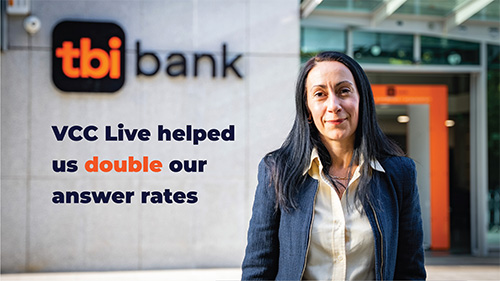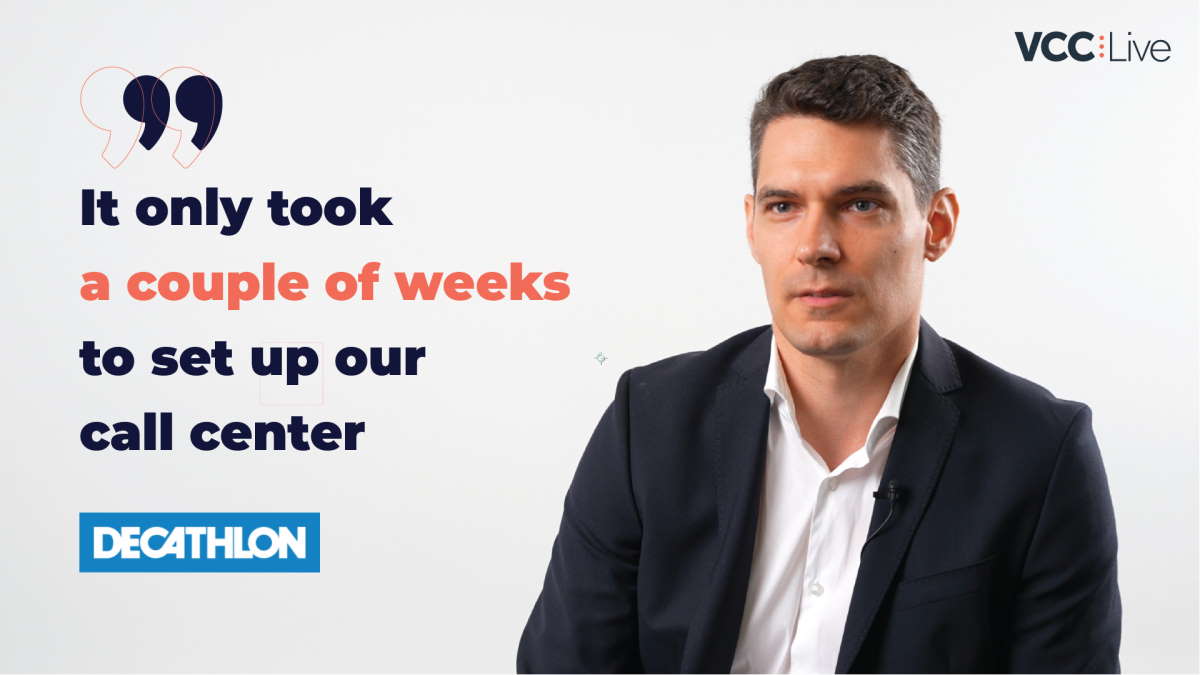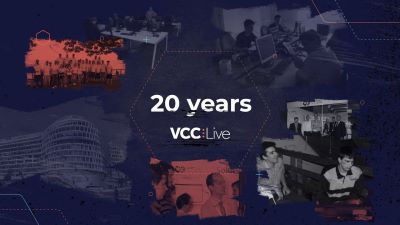The term ’call center’ is still how people often refer to customer care and contact centers. Sometimes one even hears the amusing and contradictory expression “to write an email to the call center”. However, it is worth remembering that our industry did all really start with call centers.
Evolution is a process that can be observed in the world of business and technology as much as anywhere else, with businesses adapting and changing over time in response to growing expectations and requirements. And, as telephones have evolved and turned into the pocket-size multichannel communication gadgets they are today, the industry built around the use of these devices has also changed beyond recognition. But, just for a moment, let’s go back to the beginning.
Mr. Watson, come here. I want to see you
The question of who invented the telephone is a topic which has generated much controversy, as there were many parties working on the invention of a voice-transmitting telegraph device at roughly the same time, with varying degrees of success. However, what is known for sure is that even though many inventors were working on voice- and speech-transmitting devices using different technology, the first to patent the telephone was Alexander Graham Bell in 1876.
The first message transmitted over the telephone was Bell’s call to his assistant, Thomas Augustus Watson: “Mr. Watson, come here! I want to see you!”. November 1877 saw the birth of the first commercial telephone company, and 11 years later the Hungarian inventor Tivadar Puskás introduced the multiplex switchboard, which revolutionized the telephone industry and telephone exchanges, and helped spread and popularize telephones. More and more of these devices found their way into people’s homes, and as the telephone network grew rapidly during the 20th century, contacting people from the comfort of one’s own home became second nature.
The rise of call centers
The history of call centers goes all the way back to the 1950s and 1960s. The Birmingham Press and Mail (based in Birmingham, UK) was the earliest example of a functioning call center, with rows of agents handling customer queries thanks to the PABX and ACD systems used at the time to filter and assign calls to the most suitable agent. In the 1970s and 1980s, call centers became established to help carry out tasks such as receiving orders for products, confirming airline reservations, and supporting sales (which in turn helped lead to the beginning of telemarketing as a concept).
Seeing the success of call centers and their impact on business, larger companies soon started to also establish their own call centers, with agents providing both support and information to customers, as well as performing tele sales activities. In 1985 the Direct Line insurance company was the first organization to start selling insurance policies entirely over the phone, and many other companies (such as retail companies, who took orders over the phone) soon followed this business model, helping them to save time and costs as they no longer needed large numbers of local representatives and offices to engage with their customers. And with the continuing development of technology through the introduction of the Internet, emails, and cable TV, new communication channels and call center possibilities continued to open up for businesses and retailers.
From ‘call’ to ‘contact’
The 1990s and 2000s brought both new communications channels and new changes in terms as well. Instead of “call centers” companies started referring to their customer care points as “contact centers”, as customers could now make contact with organizations via email or forms on a company’s website, as well as via the telephone. The growth of contact centers meant not only the use of more channels to communicate with end users but also the growth of company expectation in this field, in particular, the need to measure agents’ work efficiency.
With the subsequent introduction of key performance indicators and service level agreements, the rows of agents accepting incoming calls or selling apparel and insurance over the phone became a more complicated technical challenge, and while in the 1960s and 1970s agents had merely hung up their telephones at the end of the day, the contact centers of the 1990s and 2000s were built up using expert on-premises and hosted solutions.
And as the 2000s continued, and the new concept of cloud computing technology became increasingly popular, it became only a matter of time before this latest technology also made its mark on the contact center industry in the form of flexible possibilities for contact centers in the form of Infrastructure-as-a-Service, Platform-as-a-Service, and Software-as-a-Service solutions.
Why use one channel, when you can use them all?
As people began to find being told how they could reach their service providers and retailers increasingly unacceptable, consumer preferences for contacting such organizations soon started shifting to the new instant messaging, chat, social media, and web channels. As such, contact centers were forced to change and adapt to these new communication demands, and thus the 2010s has become the era of multichannel communications.
The flexibility and security of cloud technology have made it possible to integrate several communication channels into one platform, allowing contact centers to be able to communicate with customers using the same solution, regardless of how the center is contacted. End users, on the other hand, are now able to place an order online, pay for a service during a phone call, follow up their order status in an SMS, and provide feedback on social media.
As social habits and patterns change, so does the need for businesses to evolve and adapt to the new requirements the general public has. This is especially true for the contact center industry, where answering people’s questions and needs are at the core of all activities. Contact centers deal with the extremely hard task of supporting organizations’ and companies’ businesses and helping them to achieve their goals, but at the same time, they need to respond to the communication trends and expectations of end users and customers.
While in the 1960s placing a telephone call was a sufficient means of communication for people, the boom in social media’s popularity today means that, for contact centers, it is no longer enough to just pick up the phone. Contact centers today are expected to provide the flexibility in communication their customers expect, and as we all know, a happy customer means happy business.















